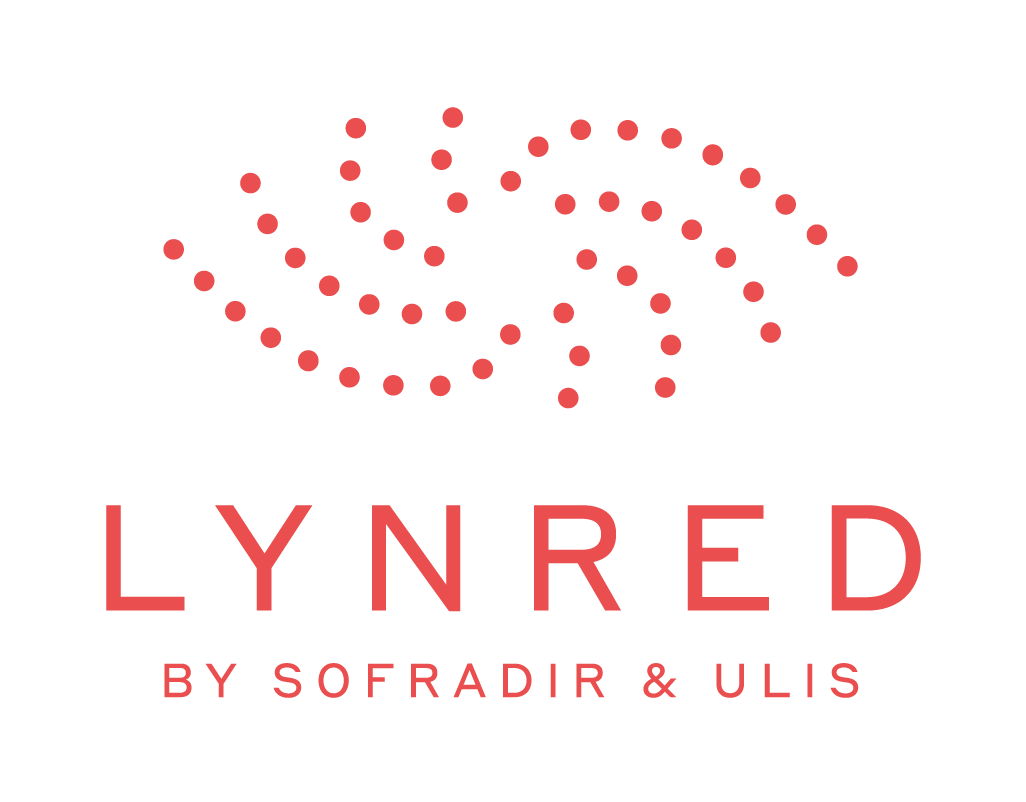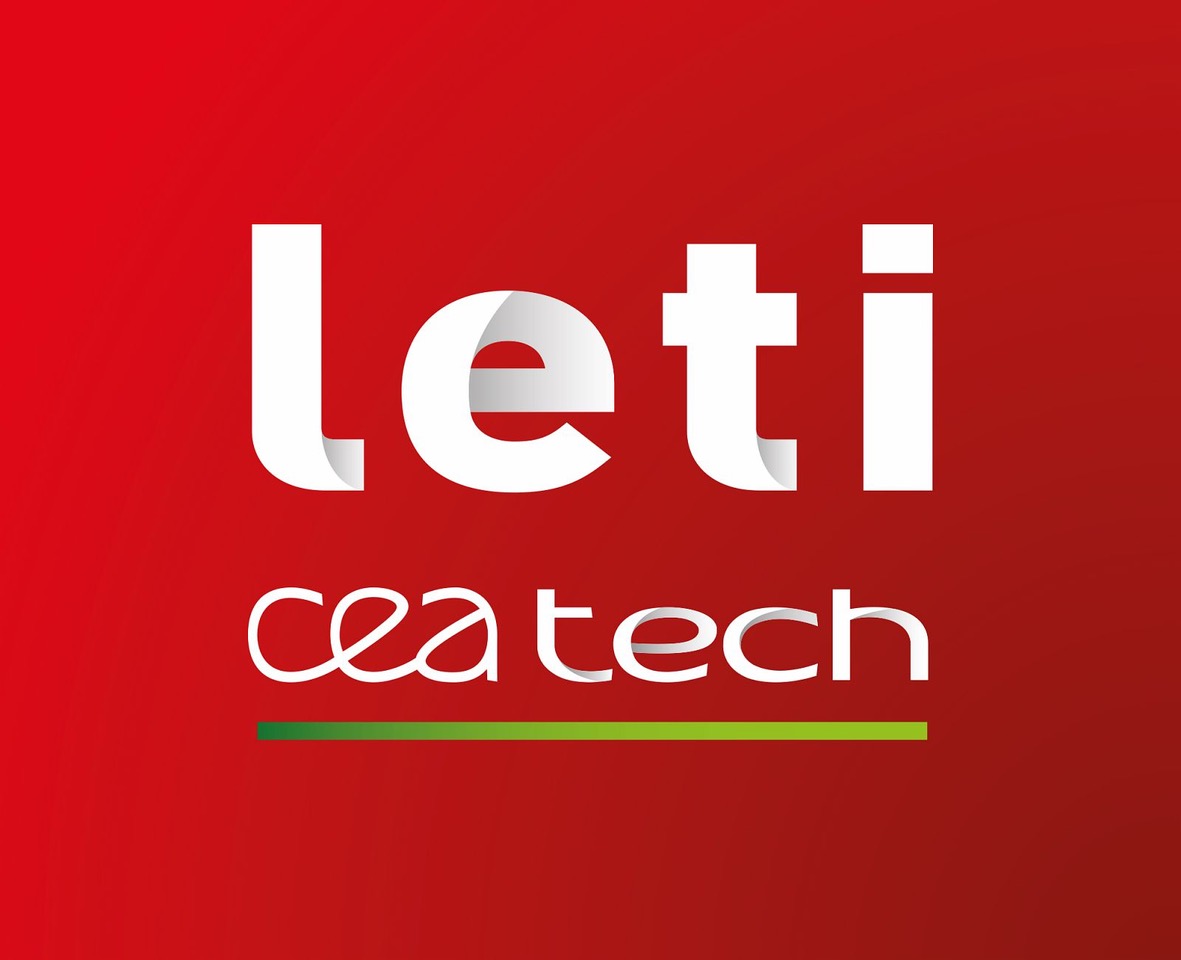Cryo-vacuum system for low temperature thermal cycling of MCT detectors
on Sunday, Dec 13, 2020
Jorge Jiménez, Cristobal Padilla, Antoni Grau, “Cryo-vacuum system for low temperature thermal cycling of MCT detectors,” Proc. SPIE 11451, Advances in Optical and Mechanical Technologies for Telescopes and Instrumentation IV, 114513M (13 December 2020)
Event: SPIE Astronomical Telescopes + Instrumentation, 2020, Online Only
Link to publication.
Abstract
The ASTEROID project is a H2020-COMPET EU project whose main goal is to provide Europe with the capability to manufacture high performance infrared focal plane arrays (FPA) devoted to scientific and astronomical space and ground telescope missions. The european consortium is composed by key research institutions (CEA-Leti, CEA-Saclay and IFAE) and industrial partners (Lynred, EVG and ADDL) being the resulting detector a SWIR hybridized MCT (mercury-cadmium-telluride) FPA of 2k x 2k pixels and 15 μm of pixel pitch. The project also looks for the validation of a thermo-mechanical model for large FPAs by reducing the stress build up in the ROIC and wafer bonded structures, both resulting in better detector reliability. On this framework, a cryo-vacuum system has been developed at the IFAE mechanical workshop with capabilities to perform low temperature thermal cycles in the MCT detector range and up to ~50K. The large volume cryostat (~120 liters) is cooled by a helium compressor and a single stage cold head, hosting the detector and its preamplification stage to provide a suitable light path and radiation shield for thermal background control. Most of the inner light path parts has been developed using off-the-shelf optomechanical components which allow us to modify the incoming light performance with standard 1 or 2-inches optical components. The cryostat design, configuration and the whole system performance will be reported on this paper with the aim to test the hybridized FPA to assess the reliability at operating temperature after several thermal cycles..
© (2020) COPYRIGHT Society of Photo-Optical Instrumentation Engineers (SPIE). Downloading of the abstract is permitted for personal use only.






